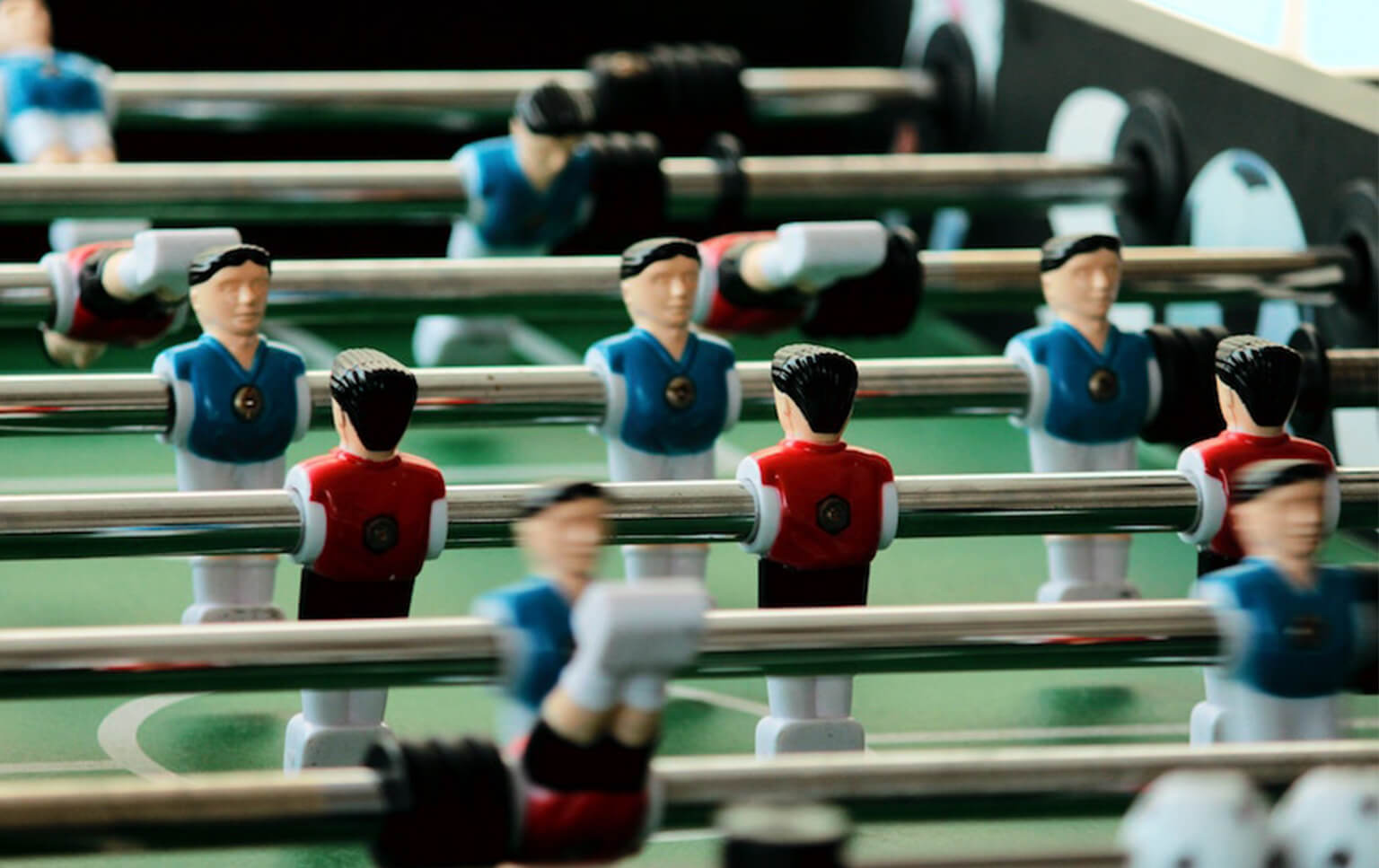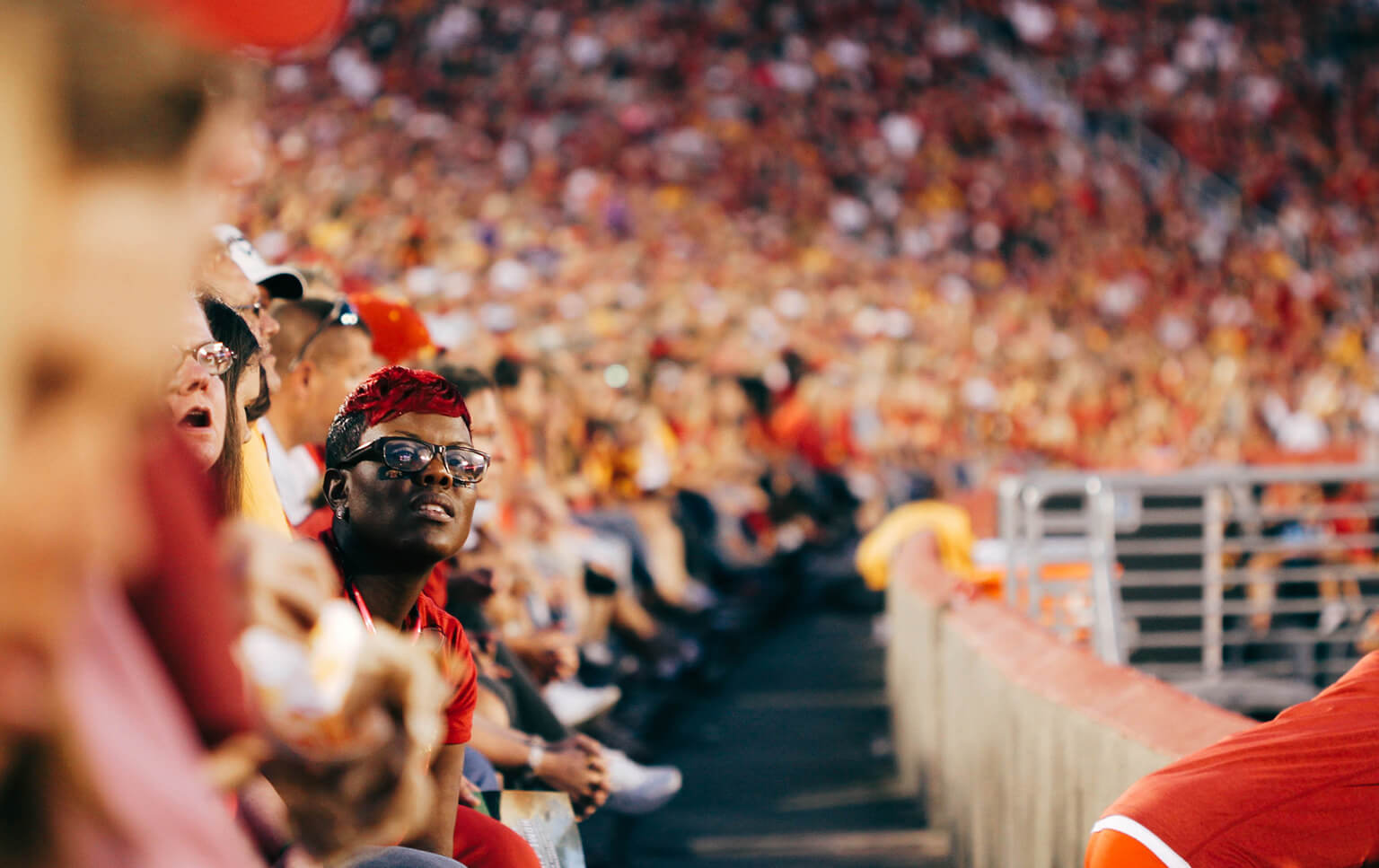
Innovation in 2026: Our Cup Runneth Over
While still relishing the recently elapsed month-long celebration of football, it’s time to look forward to the 2026 World Cup: A winning United Bid between US, Canada, and Mexico. With my innovator hat on, there is a lot of interesting content FIFA and the United Bid have published to show they are thinking creatively about the future. This will be the first World Cup to be hosted by more than two countries. The sheer complexity of 48 competing nations and one of the largest hosts by geography promises to create a new frontier in diversity of people and thought. These differentiators are fortified by the commercial upside of the bid, which offers more than $11B in economic value created and a current stadium and transport infrastructure that requires only minor updates. But from an angle of business innovation, how will World Cup 2026 differentiate itself?
Surveying the effort as a whole, a 474-page bid and seven long-form addendums present a fairly detailed and ambitious picture. Sections on Environmental Impact, Sustainable Event Management, Fan Engagement, Governance, United Human Rights Strategy, and an Independent Report on Human Rights in North America are chock-full of innovations in their respective spheres, put together by some of the foremost experts in each discipline. While six reports are full of inventiveness, the seventh is a declaration of intent to innovators everywhere.

The Innovation Report
In the rest of this essay, I will summarize the Innovation report and pull apart some of its more unique and innovative points. From there I will offer a perspective on what questions remain unanswered, and what to look forward to.
The report opens by touting its alignment to FIFA 2.0 – a doctrine published in late 2016 outlining the governing body’s path forward to 2026. In it, FIFA shares its priorities and initiatives, highlighting three objectives for their vision with many more focused initiatives laddering up:
- GROW THE GAME: grow licensing, development, and the women’s game
- ENHANCE THE EXPERIENCE: modernizing the way fans, players, and partners experience the game
- BUILD A STRONGER INSTITUTION: implementing reforms and making a social impact
The Innovation report for the 2026 World Cup United Bid follows many initiatives invoked in FIFA 2.0, illustrating in further detail how the sport and governing body would reach these goals by the end of the tournament. The authors of the innovation report use a framework with five major strategic areas: Cities, Technology, R&D, Social, and Education.
Each area has initiatives unique to the three hosts that they will seek to make come alive. The focus on fan interaction, human rights, community building, eSports, and venture development are all areas that connect between the two documents and have yet to be capitalized on.
Cities
Each World Cup is an expansive network of cities and infrastructure. The authors recognize that and devise a structure for getting even more cities involved. Host cities will be funded and used just like any other World Cup; a supportive network of partner and sister cities will be enlisted to spread the event even further. Partner cities will host team camps, fan experiences, and friendlies. Sister cities will be located globally, and with over 200, it will be interesting to see what efforts the planners will use to scale connection, meaning, and togetherness.
Questions that could stimulate innovation for Cities:
This section provides a good high-level framework, and should generate some excitement for how a city could get involved. Using technology and infrastructure to set-up and run the event will be a key potential differentiator.
- How might cities generate additional revenue?
- How might some of these offerings scale?
- How might sponsorships figure in to the business model of host cities?
- How might cities innovatively find the 25,000 volunteers promised in the bid book?

Technology
This section is about the underlying technology that will be developed around the event. Innovation Centers will be developed to incubate sports-oriented ventures; the timing and scale of these efforts are interesting. The hosts hope to build and operate centers much earlier than the actual event, which could lead to new products and services that are ready to be used before and during the tournament, which is no small feat compared to previous World Cups.
The second initiative will be building digital infrastructure. In the same way the World Cup requires updated stadiums and municipal infrastructure, it is refreshing to see the United Bid realize that digital technology requires similar consideration. Early discussion in the document is inclined toward experience management, improving the fan journey, enterprise integration, and advanced data and analytics. This could be a real differentiator if the hosts can get Silicon Valley, Vancouver, and other tech hubs involved.
Questions that could stimulate innovation for Technology:
If done right, an innovative and stable technology platform can be licensed and monetized in the same way Major League Baseball did with its streaming platform. There are still questions of what level of technology is a worthy investment:
- How might technologies developed for the event benefit our society as a whole?
- How might new technology impact sustainability?
- What services might prove essential to each stakeholder group involved in the tournament?

Research & Development
The R&D area provides a few more tangible initiatives for the casual fan to look forward to. The two major initiatives are a new engineered turf and creation of a Fan-Happiness Index. The aim of the turf is to partner with researchers to develop a grass that can grow indoors with very little light. The Fan-Happiness Index would be more of a longitudinal study to understand the effect of the sport on economic and social behavior, fan engagement, and social impact. Perhaps this will create an opportunity for FIFA to continue becoming more fan-centered, and develop services that fans want?
Questions that could stimulate innovation for R&D:
It will be interesting to see what other non-digital R&D occurs during the build-up to the event. Qatar is building a movable stadium for 2022.
- Will there be innovations for the stadiums of 2026?
- Seeing as there are three different hosts with a lot of ground to cover, how might the three host countries further innovate around player and fan safety?
Social and Education
Both of these areas dovetail with the human rights reports that were parts of the Bid. Social intends to broaden social impact and community development by working across the global population to ensure equity and fair involvement, while Education seeks to help students learn by helping integrate soccer into curriculum, while also partnering with museums.
Questions that could stimulate innovation for Social and Education:
It would be interesting to further understand the author’s intent when it comes to the Social and Education section:
- What constitutes full involvement for those who are typically disenfranchised?
- How might these innovations build on, and be different than programs already in place from FIFA to encourage cultural diffusion and social impact?
- How might the United Bid blend in the women’s game in order to create greater gender equity?
- Are there previous examples of sports growing the playing population by injecting the sport itself into children’s curriculum?
- Integrating soccer into North American education and museums is an interesting way to build awareness, but will it create meaningful change in the fandom of the sport?

Potential Outcomes: Commercial and Social Impact
Although brief on details, the innovation section of the United Bid signifies a clear intention to innovate for 2026. Sustainable innovation should be front and center – these improvements should be built to last. Innovation for the sake of innovation can be wasteful, and the Bid team seems to understand that. Many of their decisions emphasize longevity and bringing innovations to market before the event in order to test them. It would be good to see early indications of environmental impact, but details are slim in the report – although there are a variety of details in the full Bid.
The largest potential impact is not from technology, but from growing the sport in North America. The report introduces the concept of “Minutes to Football” which is discussed in both the United Bid’s social impact strategy as well as the innovation report. The premise is to create a far-reaching network of ways to play and get involved in both a structured and unstructured fashion. The hope is to usher in a whole new era of fandom, in which previous non-fans who were too hard to reach or couldn’t access the sport can gain the manifold benefits that soccer can provide. A meaningful lift in the amount of fans across North America before, during, and after would feed domestic leagues, city infrastructure, and investment, resulting in a more memorable, meaningful, and richer event.

frog, part of Capgemini Invent is a global design and innovation firm. We transform businesses at scale by creating systems of brand, product and service that deliver a distinctly better experience. We strive to touch hearts and move markets. Our passion is to transform ideas into realities. We partner with clients to anticipate the future, evolve organizations and advance the human experience.
We respect your privacy
We use Cookies to improve your experience on our website. They help us to improve site performance, present you relevant advertising and enable you to share content in social media. You may accept all Cookies, or choose to manage them individually. You can change your settings at any time by clicking Cookie Settings available in the footer of every page. For more information related to the Cookies, please visit our Cookie Policy.